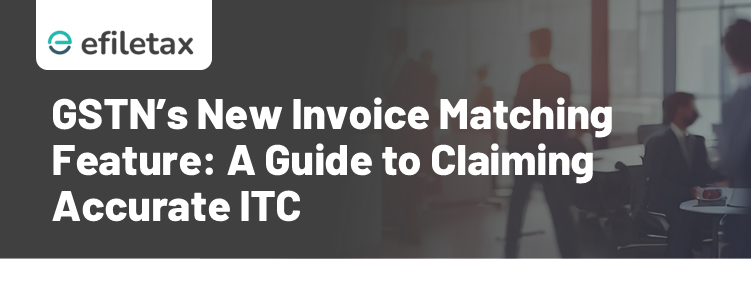
The Goods and Services Tax Network (GSTN) has rolled out a significant update aimed at improving the input tax credit (ITC) process. With the launch of the Invoice Management System (IMS) on October 1, 2024, GST-registered taxpayers can now better manage invoices and reduce disputes in ITC claims. This blog delves into the features of the IMS, its benefits, challenges, and GSTN’s proposed solutions to ensure smooth compliance.
What is the Invoice Management System (IMS)?
The IMS is a new feature on the GST portal designed to make the ITC claim process seamless and transparent. Here’s how it works:
| Feature | Details |
|---|---|
| Automatic Data Sharing | Sellers upload invoice details, which automatically reflect in the buyer’s IMS. |
| Action Options | Buyers can choose to accept, reject, or leave invoices pending in the IMS. |
| Impact on GSTR-2B | Accepted invoices are included in the buyer’s GSTR-2B as eligible ITC. |
| Error Correction | Buyers can edit incorrect ITC or liability details in GSTR-3B before filing. |
Benefits of IMS for Taxpayers
- Enhanced Transparency: Real-time visibility of invoice data ensures better alignment between buyers and sellers.
- Reduced Disputes: Clear actions like accepting or rejecting invoices minimize errors and ITC disputes.
- Simplified Compliance: Auto-population of accurate ITC data in GSTR-2B reduces manual intervention.
Challenges During Initial Rollout
Despite its advantages, the IMS has faced some teething issues during its implementation phase:
- Inadvertent Errors by Buyers: Mistakes in accepting, rejecting, or leaving invoices pending have led to incorrect ITC claims.
- Auto-Population Errors: Wrongly populated ITC or tax liability details in GSTR-3B could complicate compliance for taxpayers.
GSTN’s Solution for Error Correction
Recognizing these challenges, GSTN issued an advisory on November 12, 2024, to guide taxpayers in resolving errors. Here’s the solution:
“During this initial phase of IMS implementation, if incorrect ITC or liability details are auto-populated in GSTR-3B due to inadvertent mistakes, taxpayers may edit such details before filing their return. This ensures correct ITC claims or tax liability payments based on factual records.”
Steps to Correct Errors:
- Review GSTR-3B Draft: Cross-check the auto-populated ITC and liability details with your records.
- Identify Errors: Look for discrepancies caused by incorrect actions in the IMS.
- Edit Details: Correct the ITC or liability figures in GSTR-3B before filing.
- File Accurately: Ensure the final return reflects the correct data to avoid compliance issues.
Case Law Insight: Input Tax Credit Claims
- Apex Court Ruling in Bharti Airtel Ltd. vs. Union of India (2021): Emphasized the taxpayer’s responsibility to claim ITC based on factual and verified data.
- M/s ABC Traders vs. GST Department (2023): Highlighted the importance of proper invoice matching for error-free ITC claims.
Impact on GST Compliance
- Streamlined Processes: IMS automates key steps in the ITC claim process, reducing manual effort.
- Lower Compliance Risks: Editing incorrect details in GSTR-3B ensures compliance with GST laws.
- Improved Collaboration: Real-time invoice matching fosters better coordination between buyers and sellers.
Conclusion:
The Invoice Management System (IMS) is a game-changer for GST compliance, offering taxpayers greater control and transparency in ITC claims. While initial challenges exist, GSTN’s advisory provides a clear roadmap for correcting errors, ensuring smooth compliance. As taxpayers, staying vigilant and proactive during this transition is key to reaping the full benefits of IMS.
“A small error today can lead to big savings tomorrow—review, correct, and comply.”